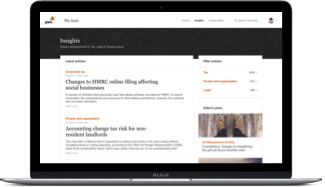Over the last few years, the transfer pricing and more widely the international tax landscape have seen historic changes that have created significant uncertainty for asset managers. This is due to legislative and regulatory changes as well as the prevailing economic circumstances. Some key examples include:
a) the implementation of the recommendations of the Organisation for Economic Co-operation and Development (“OECD”) as part of the Base Erosion and Profit Shifting (“BEPS”) project with a focus on substance and transparency.
b) new regulation which has the potential to fundamentally alter the way asset managers operate (e.g. MiFID II).
c) the challenges posed to the industry by the UK’s decision to leave the European Union.
In our experience, many asset management firms are using these regulatory, legal and political changes as an opportunity to re-evaluate their transfer pricing policies and transform their existing tax strategy. This will help ensure that they comply with the heightened standards required by tax authorities and the transfer pricing policies applied better reflect the way their business operates.
This update highlights some of the key areas of change affecting transfer pricing; it also points out the benefits of revisiting transfer pricing arrangements, as well as the group’s overall tax strategy simultaneously.
